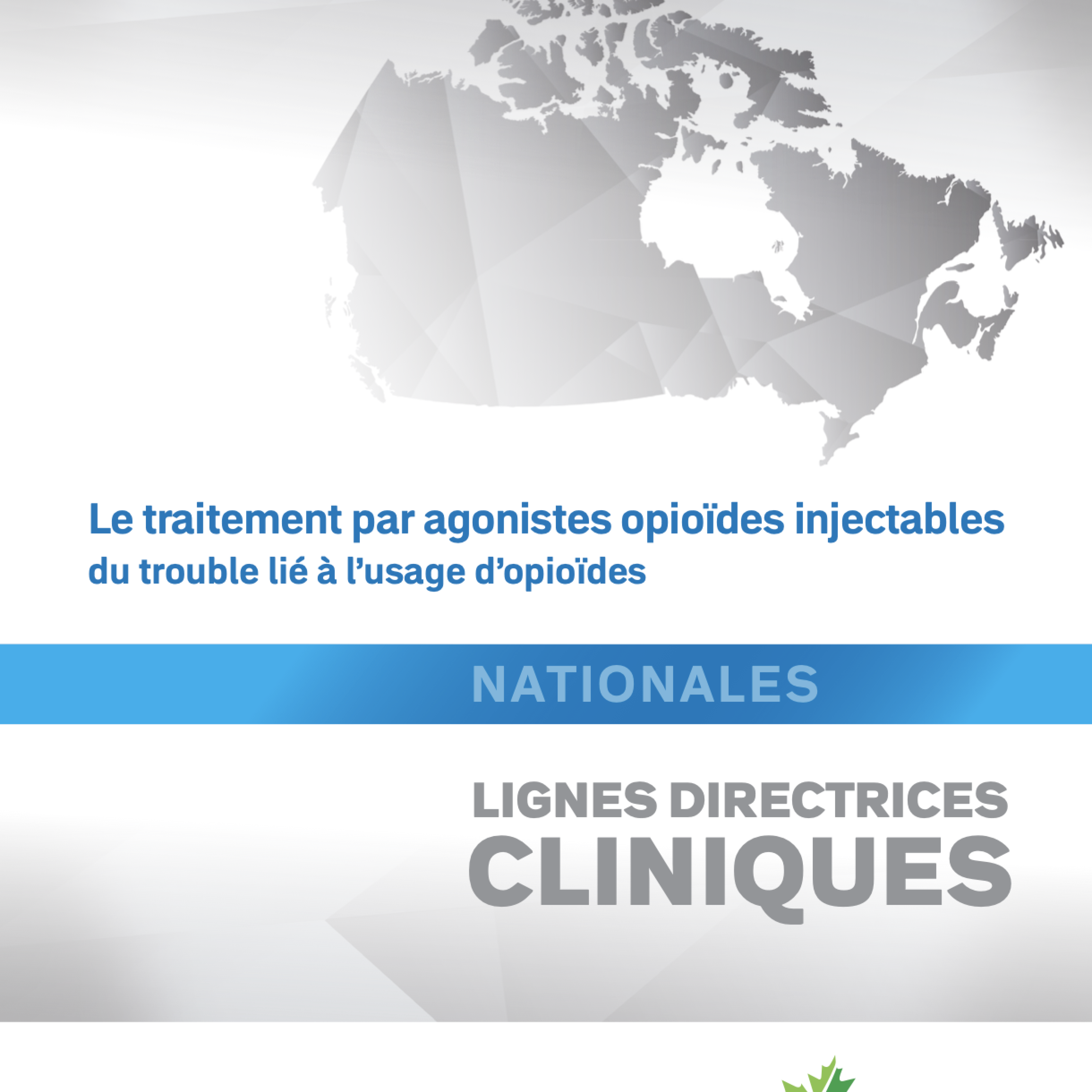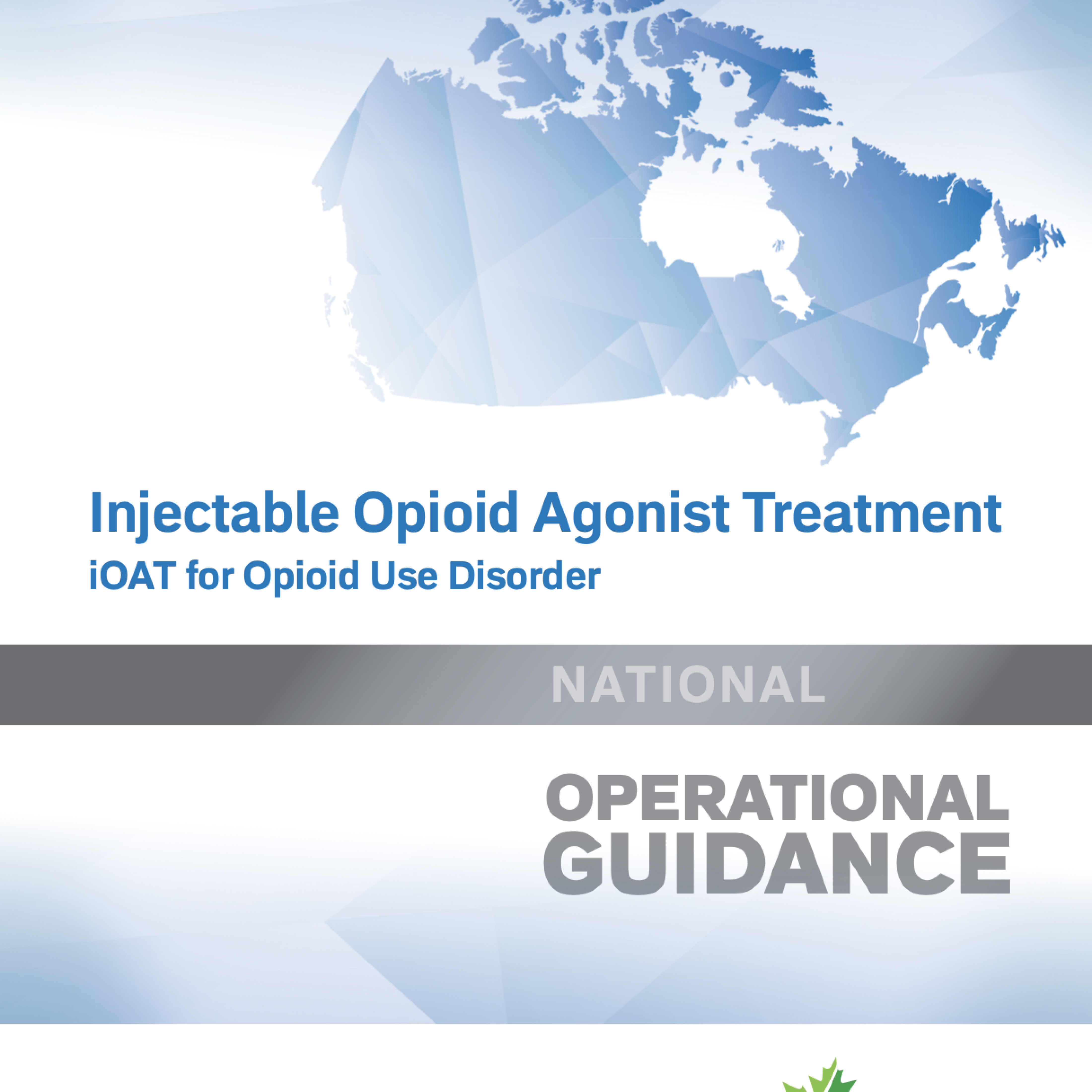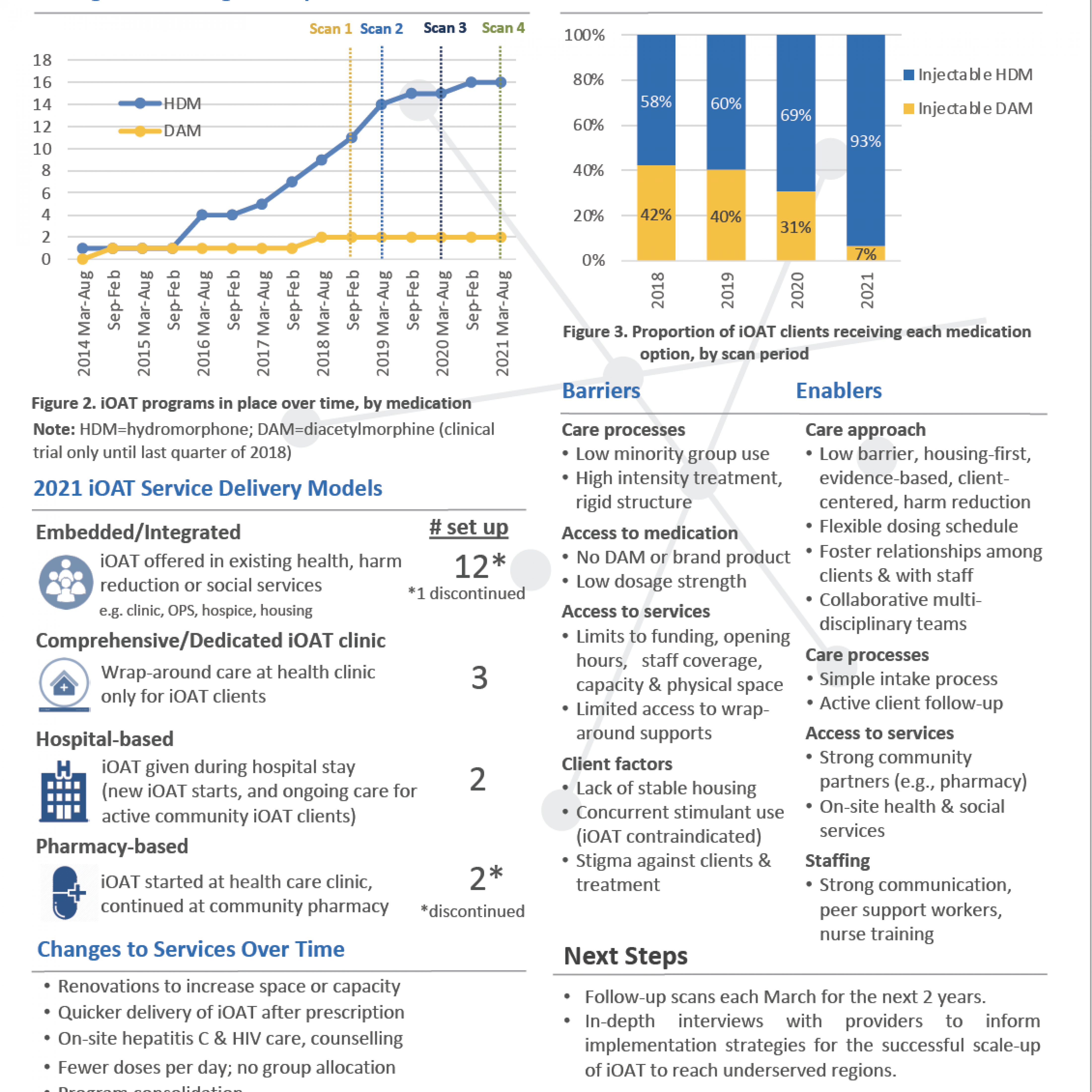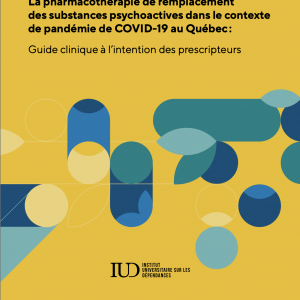
PI: Nadia Fairbairn (BC Centre on Substance Use, BC)
Leadership Group: Bernard Le Foll (CAMH, ON); Christy Sutherland (Portland Hotel Society, BC); Jeffrey Turnbull (Ottawa Inner City Health, ON); Karine Meador (Alberta Health Services, AB); Marie-Ève Goyer (University of Montréal, QC); Michel Perreault (McGill University, QC)

Objectives
The purpose of this thematic area is to facilitate and support the successful delivery of injectable opioid agonist treatment (iOAT) in Canada through educational resources, development of best practices and recommendations, and monitoring and evaluation.
National iOAT Community of Practice
Connect and engage a national group of iOAT healthcare providers and service delivery leaders to create a virtual, online community with the goal of sharing success stories and challenges, sharing resources, and participating in educational activities.
To access the iOAT Community of Practice virtual platform, please contact Karen McCrae at karen.mccrae@bccsu.ubc.ca.
National Clinical iOAT Guidelines
iOAT National Clinical Guidance: Key Recommendations
- Injectable opioid agonist treatment should be considered for people with severe opioid addiction who do not respond to oral treatments, as well as people who actively use illicit injectable opioids.
- Diacetylmorphine and hydromorphone, two injectable opioid agonist therapies, are recommended as options for patients likely to benefit from injectable opioid agonist treatment, with the decision of which treatment to use made based on availability, patient choice and the judgment of the prescriber.
- As assigning an end date to treatment is associated with a return to illicit opioid use, injectable opioid agonist treatments should be prescribed on an open-ended basis, and the decision to transition to another treatment should be made collaboratively with the patient.
Nadia Fairbairn and Christy Sutherland were featured on a Canadian Medical Association Journal (CMAJ) podcast to discuss the iOAT National Clinical Guideline, which was published in CMAJ in September 2019.
Podcast Injectable opioid agonist treatment for opioid use disorder
Article Fairbairn, et al. 2019. Injectable opioid agonist treatment for opioid use disorder: a national clinical guideline. Canadian Medical Association Journal 191(38): 1049-1056.
National Operational iOAT Guidelines
Environmental Scan
Two sequential environmental scans of iOAT programs were conducted from September–October 2018, and March–May 2019, which included questions about location, service delivery model, clinical and operational characteristics, numbers and demographic characteristics of clients, and program barriers and facilitators.
Article Eydt, et al. 2021. Service delivery models for injectable opioid agonist treatment in Canada: 2 sequential environmental scans. Canadian Medical Association Journal OPEN, 9(1): 115-124.
Summary
External Resources
Clinical Guideline for Prescribers
These guidelines provide clinical guidance to prescribers so that they can help patients reduce their risk and facilitate, where possible, social distancing and self-isolation in an effort to reduce and prevent the spread of COVID-19.
Guides de Pratique Clinique
Ces guides servent à fournir des conseils cliniques aux prescripteurs afin qu’ils puissent aider les patients à réduire les risques qu’ils encourent et faciliter, dans la mesure du possible, la distanciation sociale et l’auto-isolement dans le but de réduire et de prévenir la propagation de la COVID-19.
Addictions and Mental Health Ontario (AMHO)
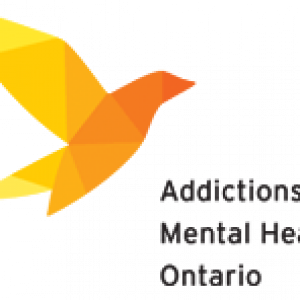
AMHO received funding from Health Canada’s Substance Use and Addictions Program (SUAP) to lead a project on Planning for the Appropriate Use of Prescription Heroin.
This project aimed to assist provincial governments and health authorities in determining whether supervised iOAT programs should be expanded in Ontario for persons with severe opioid dependence. In addition, the project aimed to support the implementation of programs where appropriate by documenting system level processes, including training, and regulatory requirements that are necessary for successful implementation in Ontario and that reflect clinical and operational standards.
See more information about the project here



